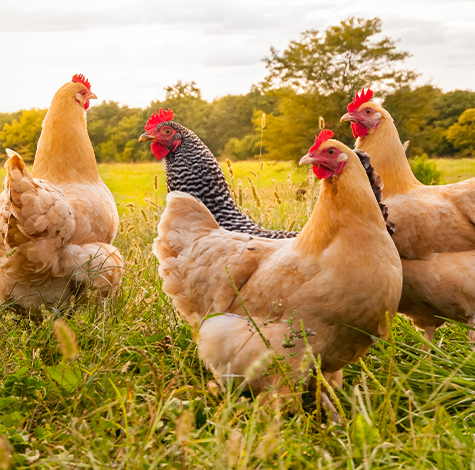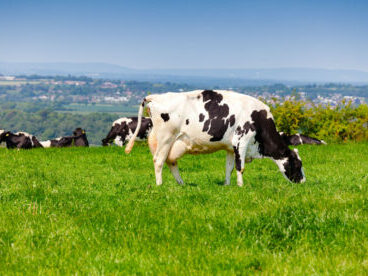Pre-tupping check crucial to maximise number of lambs sold
Now is the right time to undertake annual pre-tupping checks to ensure everything is set-up correctly for successful pregnancies and births, with a focus ultimately looking at the numbers of lambs sold, rather than the number born.
“The condition of both the ewe and ram are crucial, so completing health checks, nutrition and body-scoring will all have a positive effect on the number of lambs born and that are ultimately sold,” explains Mike Chown, ruminant technical manager at UK manufacturer of nutritional supplements, UFAC-UK.
He also advises to get vaccination programmes for abortion, clostridial and feet diseases in place at the same time, remembering abortion vaccines need to be administered at least 4 weeks pre tupping.
Rams should be wormed six weeks pre tupping and if necessary, worm thin ewes.
Achieving body weight targets at mating is critical, aiming for an optimum body condition score (BCS) of 3 for ewes, although with some differential between hill and lowland ewes.
“Hill ewes may have a slightly lower BCS, but all ewes should have a minimum BCS score of 2.5. Anything below this, needs feeding up,” adds Mr Chown.
Mr Chown advises to aim for a BCS of 3.5 to 4 for rams, and for 2 months prior to tupping be on a good quality, high energy 18% protein diet, as this is when sperm maturation takes place. Also, remove any excess wool from around the scrotum and testicles to keep them cool. “This will boost the quantity and quality of the sperm,” he says.
He advises that rams should be fed the essential polyunsaturated long chain omega 3 fatty acids EPA and DHA in the protein supplement along with high levels of selenium to increase the vitality and mobility of the sperm.
“In sheep, these essential omega 3 fatty acids support the production of progesterone, the hormone responsible for the nourishment and maintenance of the embryo, thus improving viability and reducing early embryonic losses,” he adds.
The supplementation of flushing diets with omega-3 supplement improves reproductive performance by improved lambing percentage and weaning rates.
Mr Chown adds, “These specific omega 3 fatty acids are also considered as important modulators of immune functions. Soon after lambing, the fatty acids enhance immunity of the ewe and aid in the regeneration of the reproductive tissues in readiness for rebreeding.
“In late gestation, the fatty acids also play a vital role in brain and eye development, which again aids lamb survival and growth rates,” he continues.

With latest grass updates showing growth rates following the six-year average, Mr Chown believes there is nothing to be concerned about, but stresses that you must be aware of any imbalance in minerals and trace elements.
“Over-supplying nutrients can be as damaging as any undersupply, so always discuss with your nutritionist,” he says.
Mr Chown also advises a slightly different approach to reproduction. “We traditionally look at reproduction as 1 plus 1, but in fact we should be thinking 1 plus 2, or even 1 plus 2.5. We really need to consider ewe management, taking into consideration egg size, egg quality and reduction of early embryo losses,” he says.
omega 3 EPA and DHA fatty acids deliver key benefits, improving prolificacy and encouraging more multiple lamb births. With increased conception rates and enhanced lamb survivability, this ultimately leads to more lambs sold.
“Feeding 10-15 grams per head per day will improve the health of ewes and lambs, improving ewe longevity and reducing the number of barren ewes,” he says.


 Back to News
Back to News 



